What happens when you realize your home has termite damage? For many Southern California homeowners, that moment brings stress, worry, and questions about how to fix termite damage and how much the repairs will cost.
Termite damage in a home can go unnoticed for years, silently weakening wood structures and lowering your property’s value. Acting quickly and choosing the right termite inspection and repair approach can save you thousands of dollars and prevent future infestations.
Here’s a complete breakdown of how to handle termite damage repair in Southern California, starting from the first inspection to the final cost estimate.
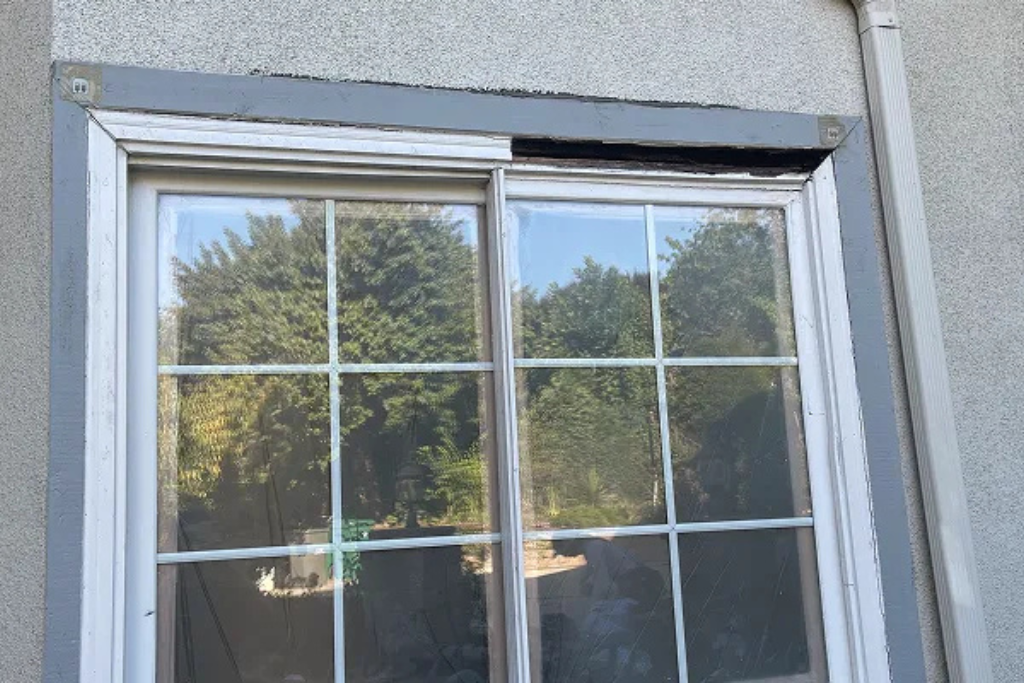
Why Termite Damage Is So Common in Southern California
Southern California’s warm climate, dry summers, and mild winters create the perfect breeding ground for both drywood and subterranean termites. Drywood termites tend to infest attics, walls, and wooden furniture, while subterranean termites live underground and enter homes through cracks in the foundation or plumbing gaps.
Because termites feed on wood from the inside out, damage often remains hidden until it becomes serious. By the time you notice sagging floors, hollow wood, or blistering paint, significant internal damage may already have occurred. This is why timely inspections and professional repairs are key to preventing structural risks and high costs later.
Are termites eating away at your home? Here’s how to find out before it’s too late.
Termite Damage Inspection, Treatment, and Repair Guide
1. Schedule a Professional Termite Inspection
The first step in handling termite damage repair is getting a professional inspection. A licensed inspector will check all accessible areas, including the attic, crawl spaces, foundation, walls, and garage. The goal is to identify:
- Active termite infestations
- Old damage that needs repair
- Entry points where termites may return
- The type of termite present (drywood or subterranean)
During the inspection, the technician will look for signs like:
- Discarded wings near windowsills or doors
- Mud tubes on walls or foundations
- Soft, hollow, or blistered wood
- Frass (termite droppings) near baseboards or furniture
Once the inspection is complete, you’ll receive a detailed report outlining the findings, recommended treatments, and repair needs. Acting quickly after an inspection helps prevent further structural weakening.
Protect your home and your wallet - see why a full-structure termite warranty and annual inspections are the smartest investment for long-term peace of mind.
2. Treat the Termite Infestation
Before repairing any damage, the active infestation must be treated. In Southern California, common termite treatments include:
- Localized Spot Treatment – Used for smaller, isolated infestations. Technicians treat affected areas directly, minimizing disruption and cost.
- Fumigation – Recommended for widespread drywood termite activity. This method eliminates all active colonies throughout the structure.
- Soil and Barrier Treatments – Effective for subterranean termites. Liquid treatments around the foundation block future termite access and protect the home for years.
The treatment method must match the type and extent of the infestation. Once the termites are eliminated, you can move on to repairing the damaged areas safely.
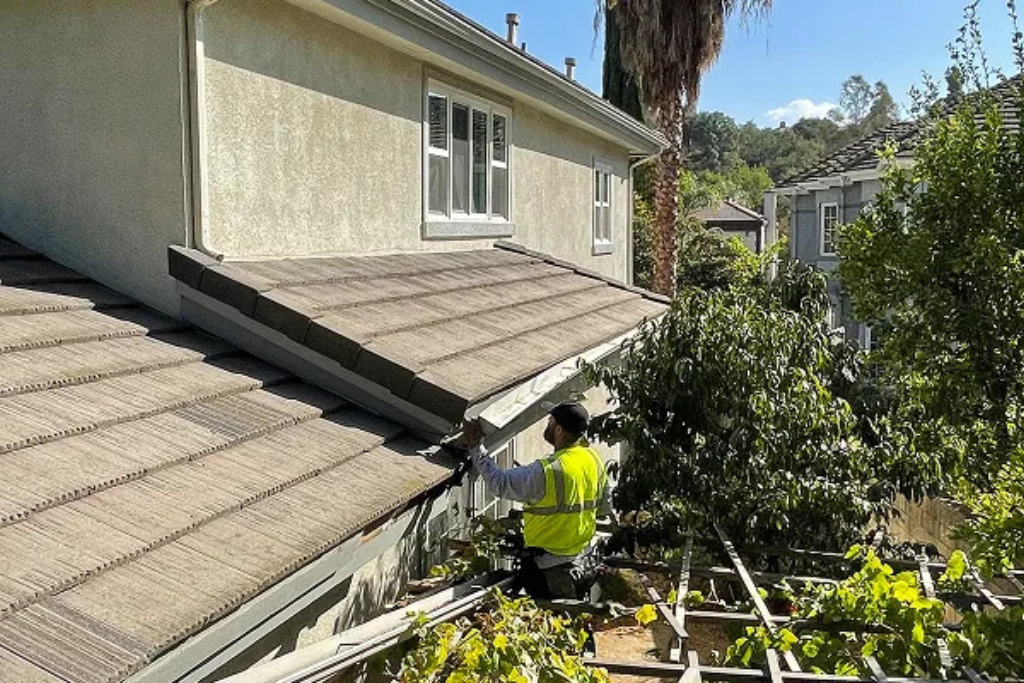
3. Assess and Repair the Termite Damage
After treatment, repair work can begin. Termite damage varies in severity, sometimes limited to surface wood, other times extending to load-bearing beams or flooring. A skilled repair team will first evaluate which areas are structurally compromised.
Common termite damage repairs include:
- Replacing damaged wood – Severely eaten beams, studs, or joists may need to be replaced completely.
- Wood reinforcement – When damage isn’t extensive, technicians can reinforce existing wood using new lumber or specialized fillers.
- Trim repair – Termites often damage wall coverings and trim; these can be replaced to restore your home’s appearance.
- Paint and finishing – After the structure is restored, finishing work ensures the repaired areas blend seamlessly with the rest of the home.
A professional repair service will also ensure that new wood is properly treated to resist future infestations, offering extra protection.
Termite damage won’t wait - find out how delay turns minor problems into major repairs.
Cost Breakdown for Termite Damage Repair
Many homeowners ask: How much does it cost to repair termite damage? The cost varies depending on the home’s size, the type of termite, and the extent of the damage. Here’s a breakdown:
Remember, untreated termite damage can spread rapidly, transforming a few hundred dollars in repair costs into thousands. Early inspection and prompt action save both time and money.
Related Articles:
Top Reasons You Should Invest in Professional Termite Control
Which Wood Types Are Most Resistant to Termite Damage?
Home Insurance vs Termite Warranties: Which Protects You More?
Factors That Affect the Overall Cost
- Extent of Damage: The more structural elements affected, the higher the repair cost.
- Accessibility: Areas like beams, major structural damage, crawl space, and attic reinforcements, etc, are harder to repair.
- Home Size and Age: Older homes may need additional restoration work due to softened wood/cracks caused by age, and deferred/delayed maintenance.
- Treatment Required Before Repairs: The cost of fumigation or localized treatments adds to the total budget but is necessary for lasting results.
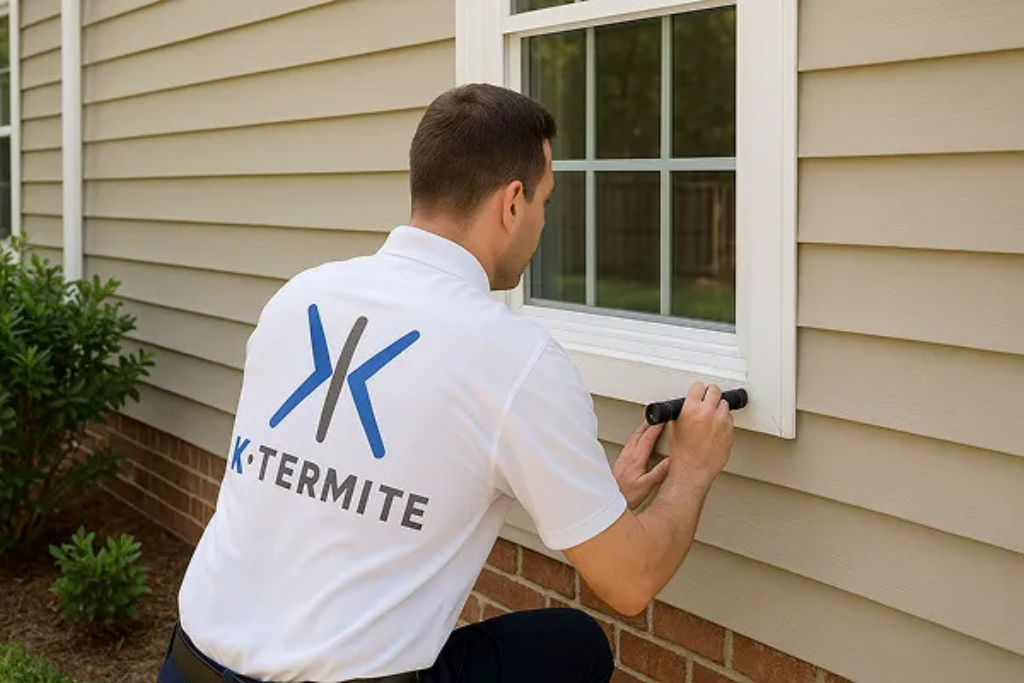
Professional Termite Damage Repair & Inspection Services by K Termite
When termite damage threatens your home’s safety and structure, you need a trusted team that knows how to fix it right. At K Termite, we provide free termite inspections across Southern California and specialize in identifying, treating, and repairing all types of termite damage.
Our licensed experts handle everything in-house, with no subcontractors and no delays. From localized treatments and fumigation to full wood repairs, every service is backed by strong warranties for lasting protection. With over 25 years of experience and 10,000+ satisfied homeowners, we’re proud to deliver honest service, fair pricing, and lasting results.
Schedule your FREE termite inspection today and let us help restore your peace of mind.
Preventing Future Termite Damage
Once your home is repaired, ongoing prevention is key. Homeowners can follow these steps to minimize the risk of another infestation:
- Schedule annual inspections: Early detection helps prevent new colonies from spreading.
- Seal entry points: Cracks, vents, and utility openings should be sealed tightly.
- Keep wood dry: Repair leaky pipes, fix roof leaks, and maintain good ventilation.
- Store firewood away from the house: At least 20 feet away and off the ground.
- Trim landscaping: Avoid direct contact between wood structures and soil or vegetation.
Consistent maintenance helps keep termites from returning and preserves your home’s structure for the long term.
Handling termite damage repair in Southern California starts with a thorough inspection, followed by effective treatment and professional restoration. Costs can vary, but proactive action always saves more in the long run. With the right team and consistent maintenance, you can keep your home safe, strong, and termite-free.
For trusted, long-lasting solutions, K Termite is here to help every step of the way.

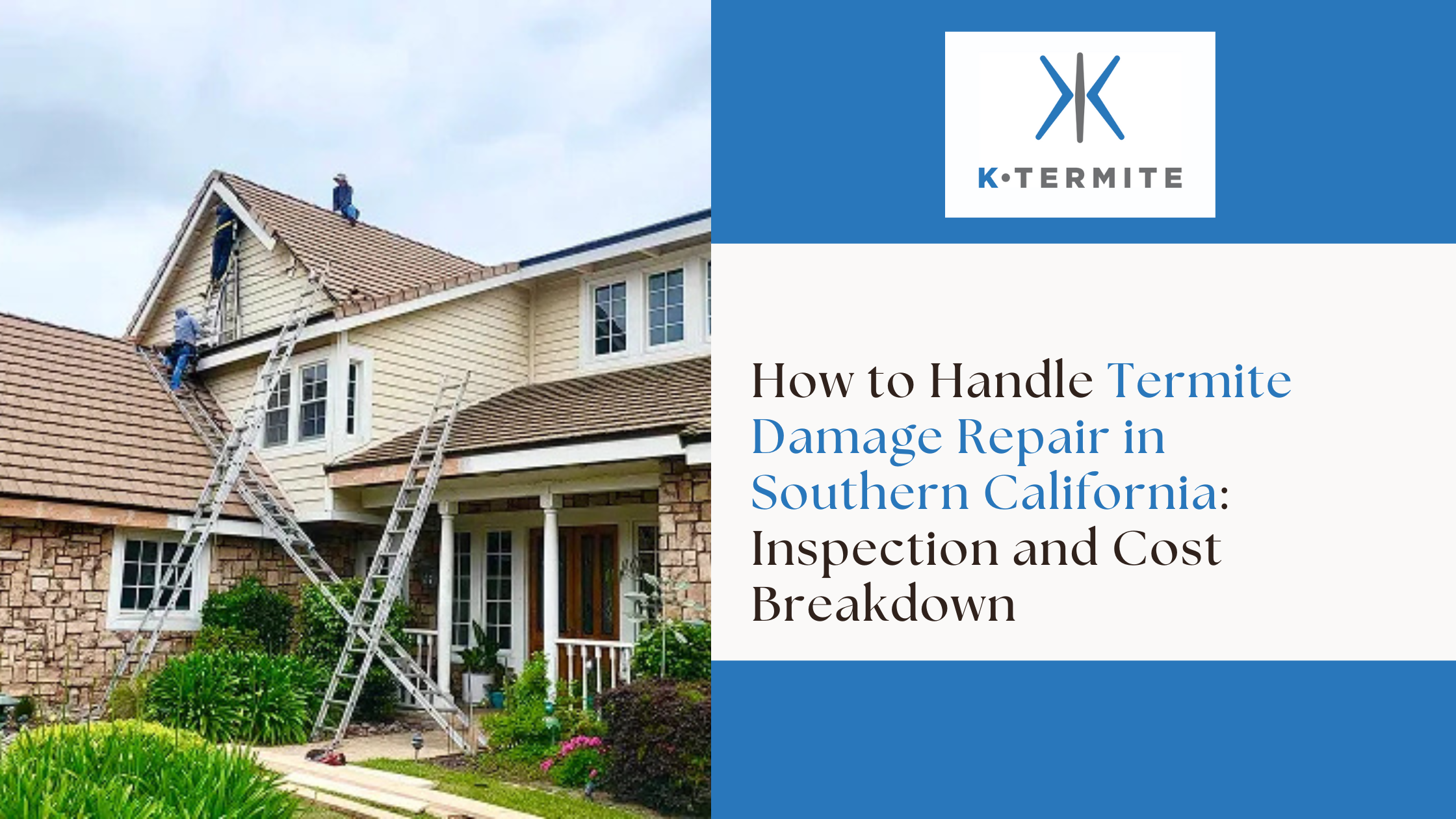


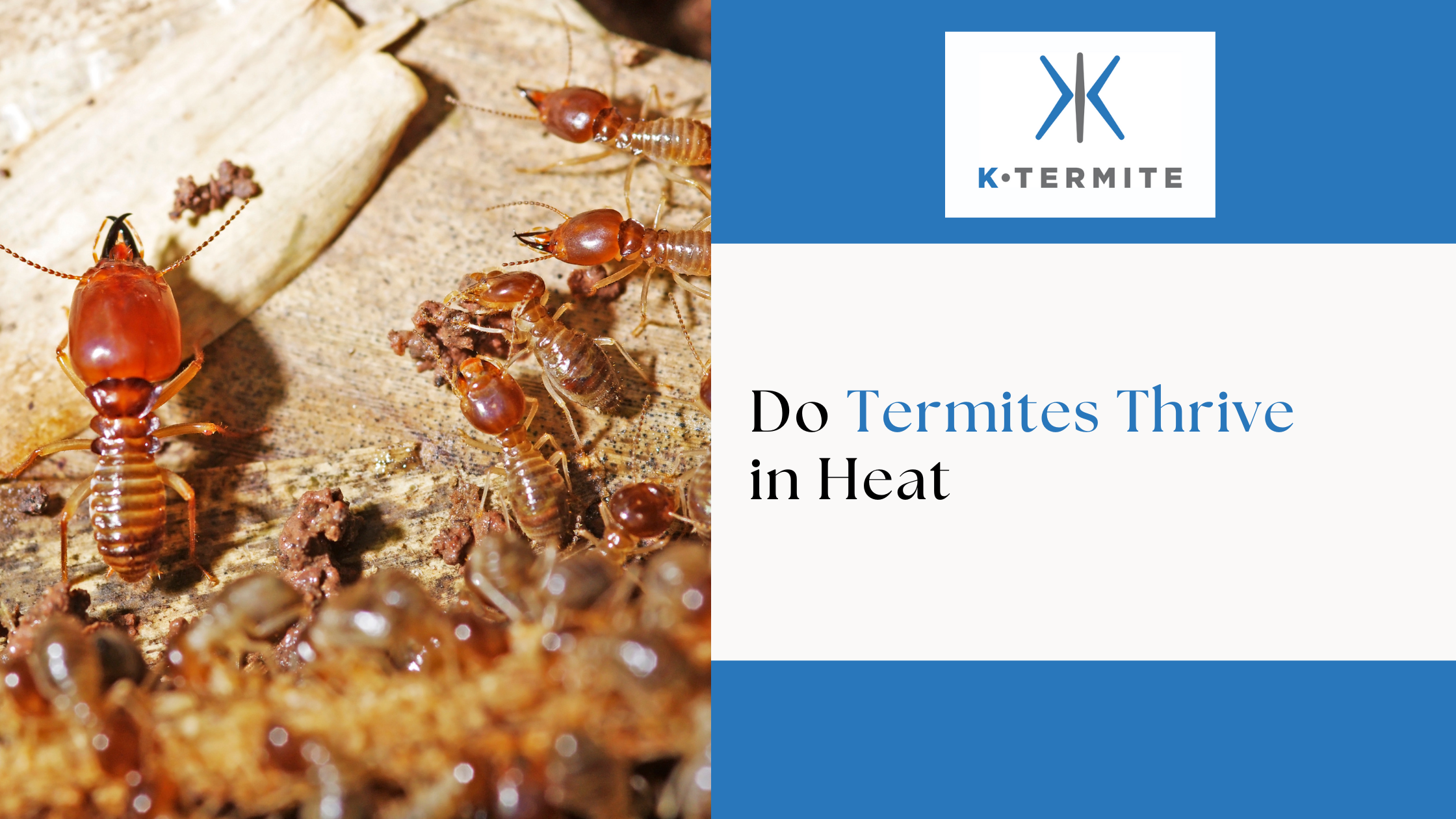

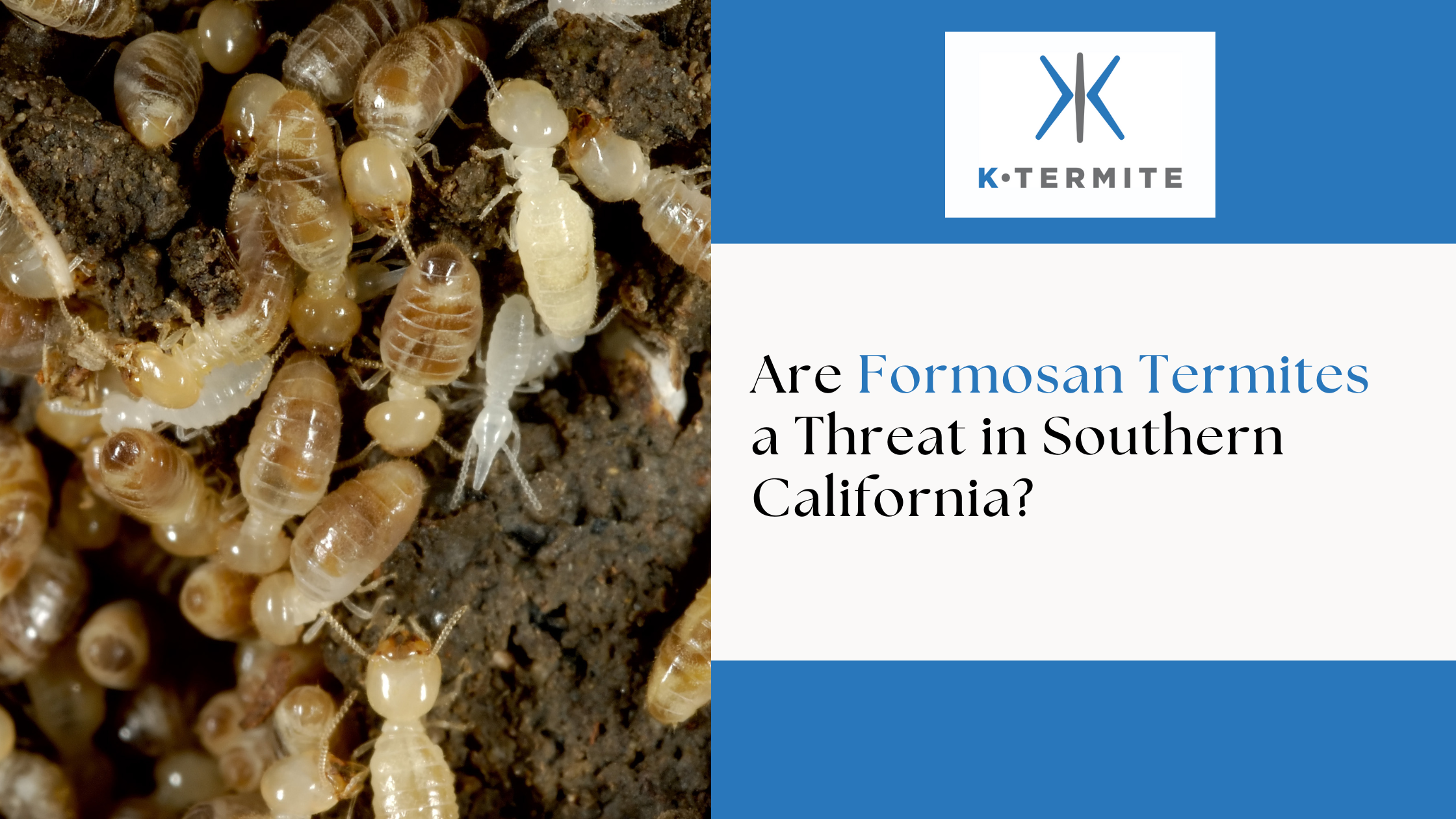

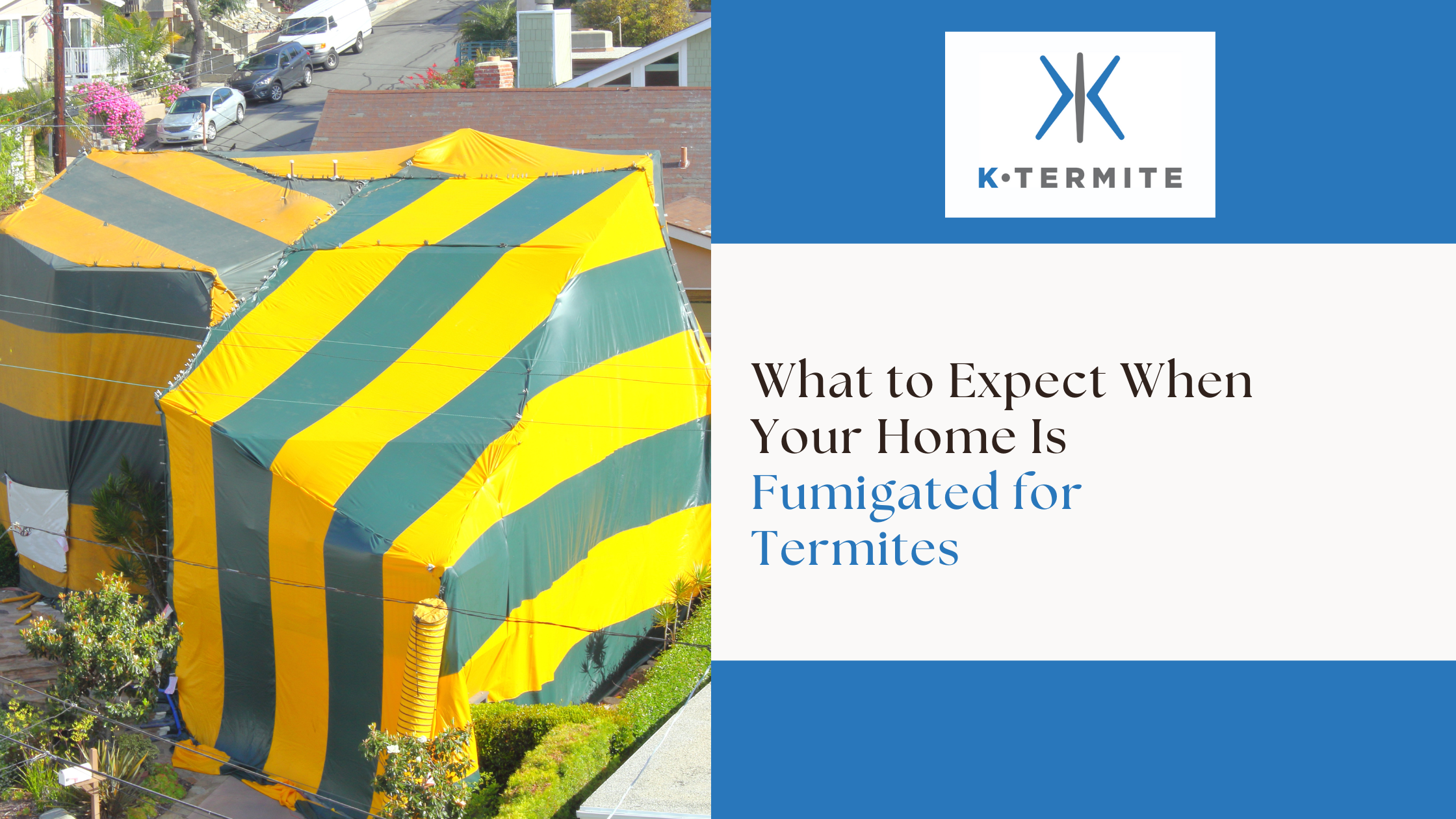


.png)
.png)
.png)
.png)
.png)
.png)
.png)
.png)
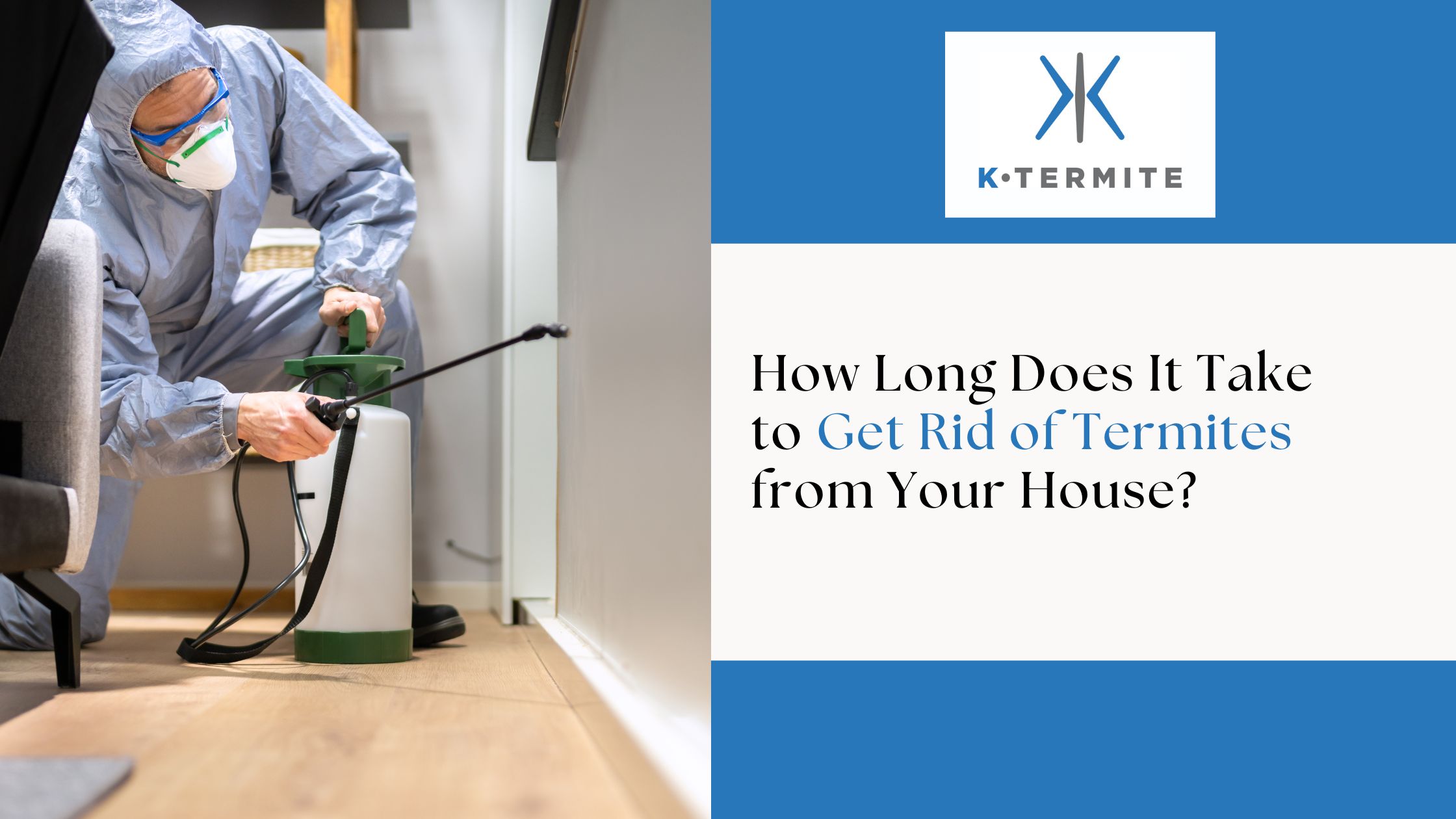

.png)
.png)


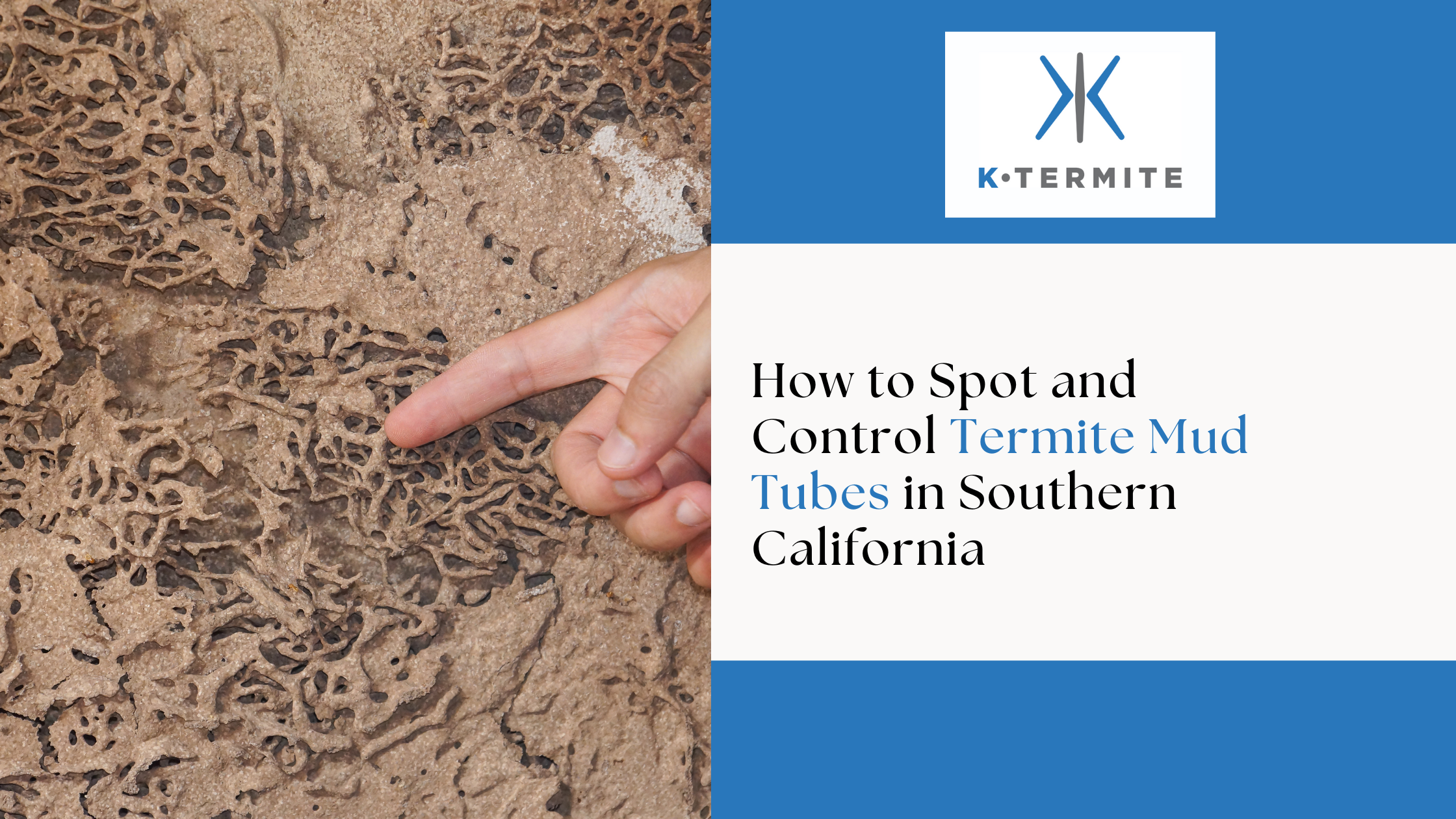


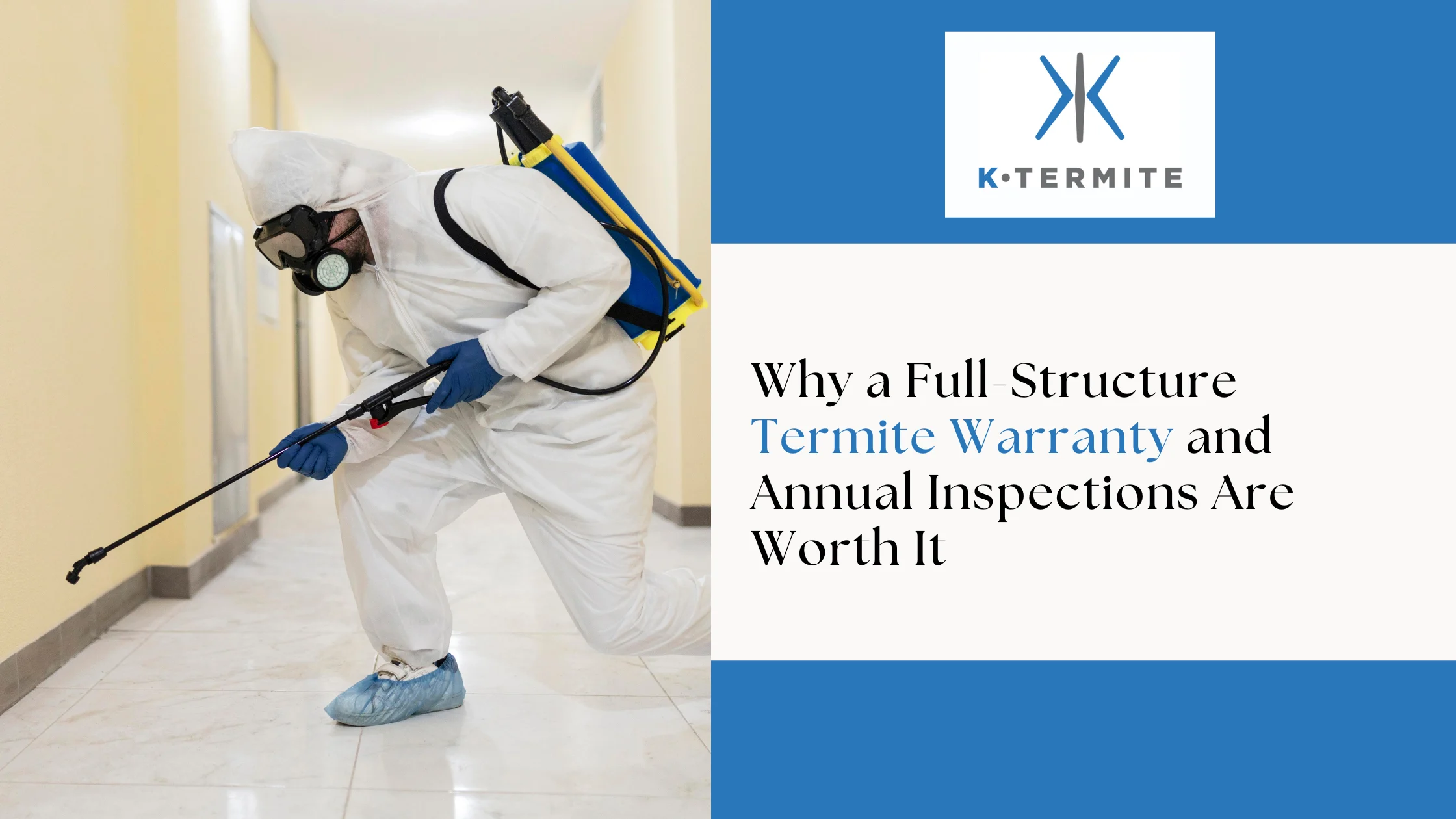
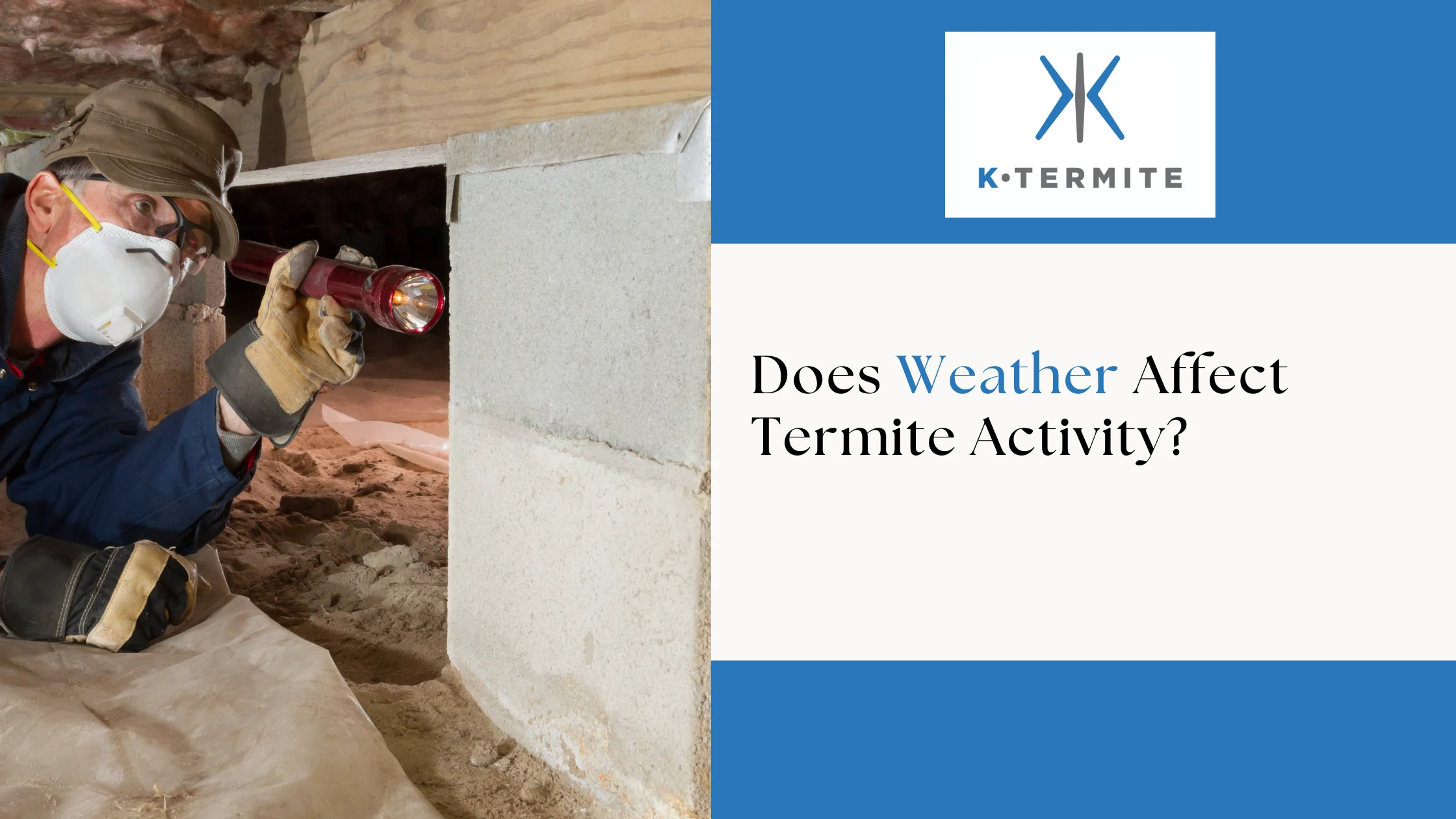
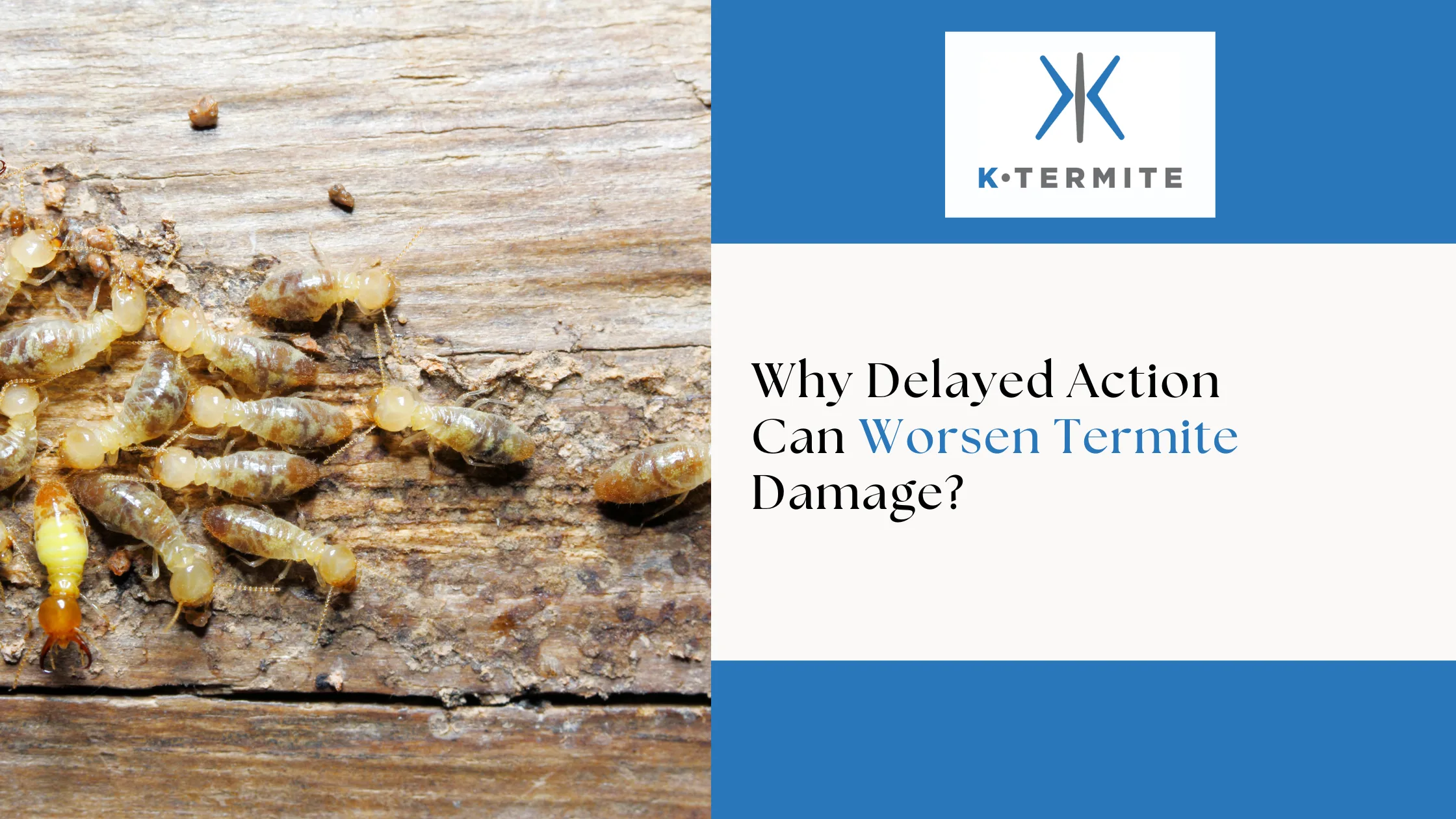



.png)
.png)

.png)
.jpg)
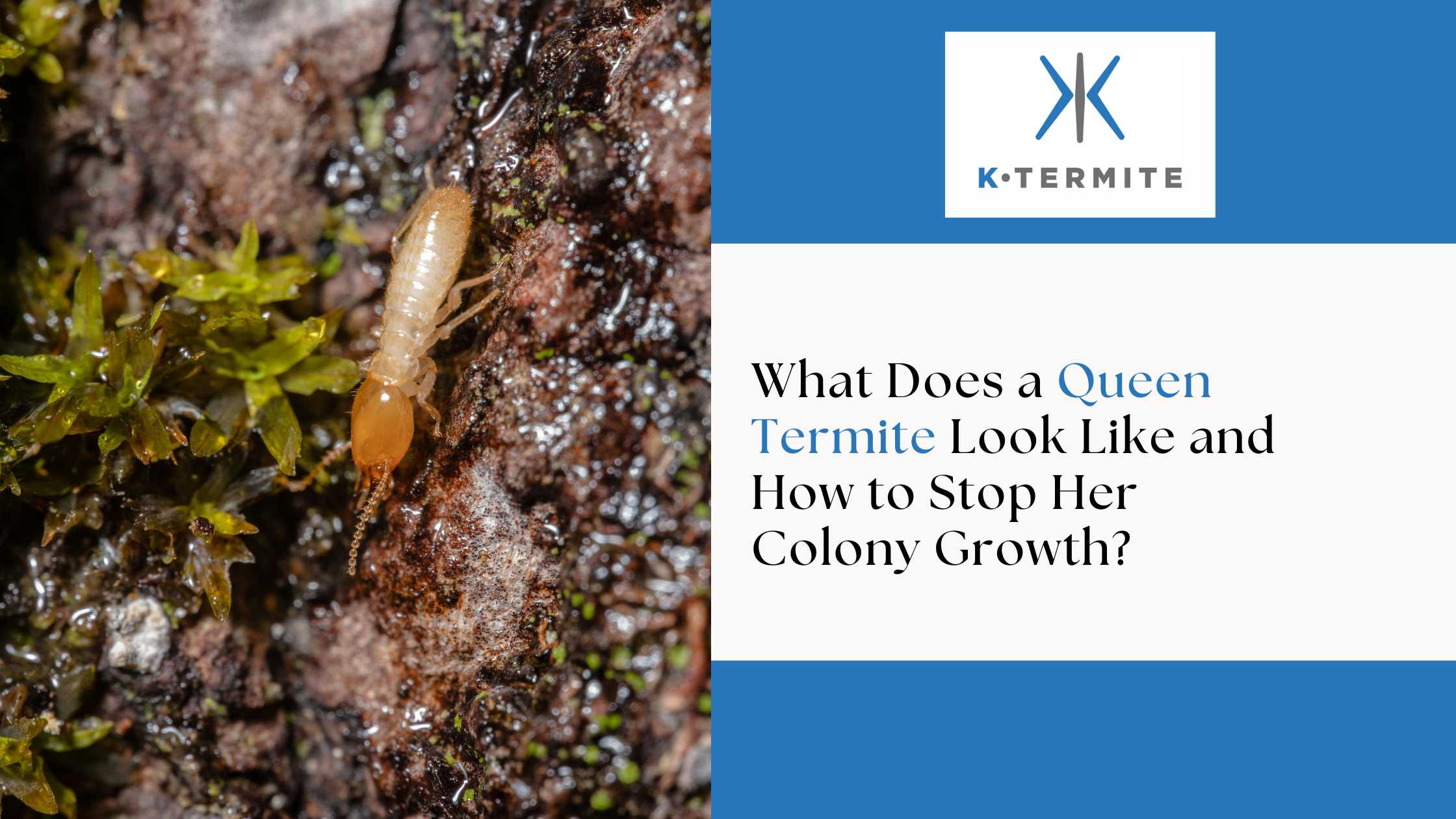

.webp)
.webp)


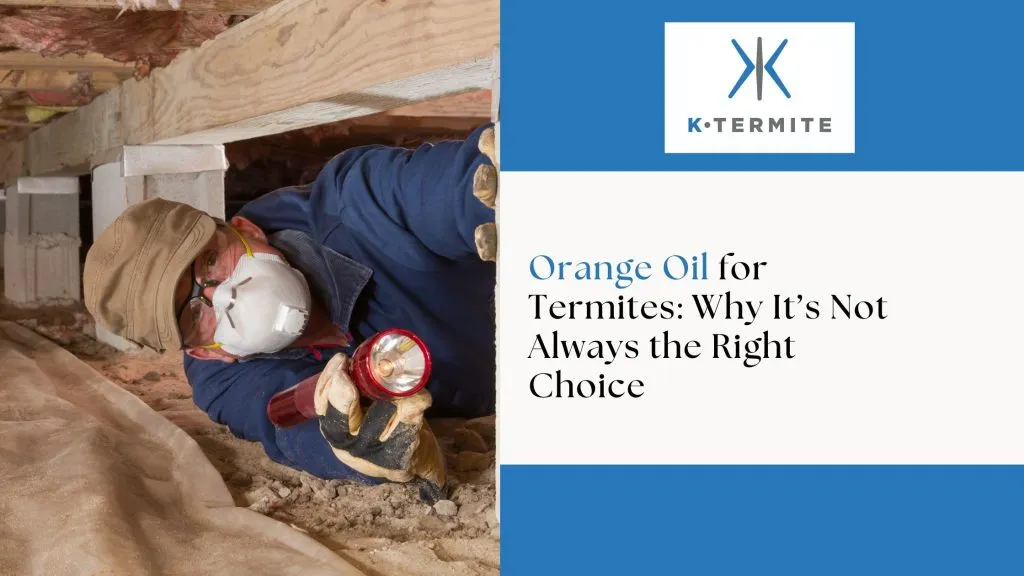

.webp)


.svg)

